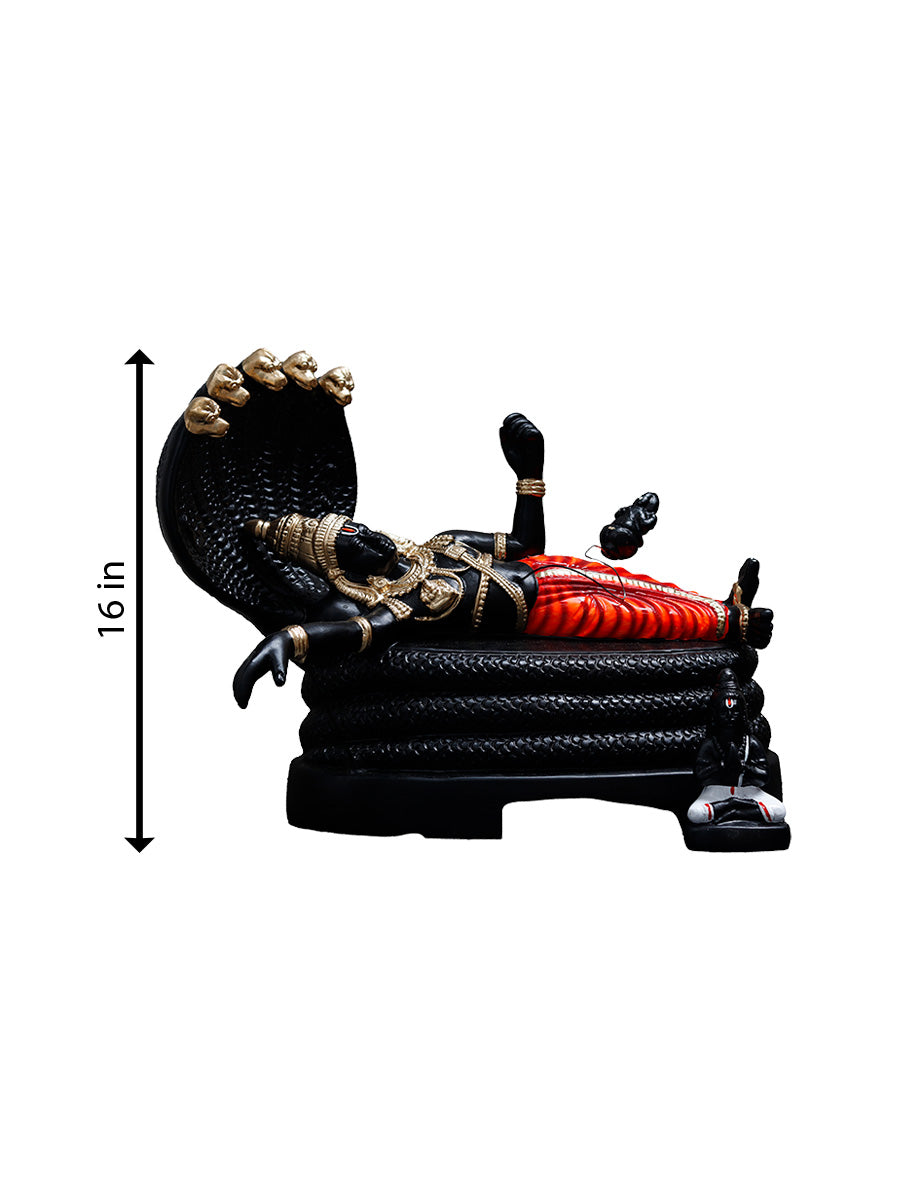-
- Regular
-
 Request Price
Request Price
-
- Regular
-
 Request Price
Request Price
-
- Regular
-
 Request Price
Request Price
-
- Regular
-
 Request Price
Request Price
-
- Regular
-
 Request Price
Request Price
-
- Regular
-
 Request Price
Request Price
-
- Regular
-
 Request Price
Request Price
-
- Regular
-
 Request Price
Request Price
-
- Regular
-
 Request Price
Request Price
-
- Regular
-
 Request Price
Request Price
-
- Regular
-
 Request Price
Request Price
-
- Regular
-
 Request Price
Request Price
-
- Regular
-
 Request Price
Request Price
-
- Regular
-
 Request Price
Request Price
-
- Regular
-
 Request Price
Request Price
-
- Regular
-
 Request Price
Request Price
-
- Regular
-
 Request Price
Request Price
Showing items 1-17 of 17.
About Golu Dolls
Golu dolls, also known as Bommai Golu or Kolu dolls, are traditional figurines displayed during the festival of Navaratri, primarily in South India. Arranged on stepped platforms, these colorful dolls... Read More
Highlights of Golu Dolls Artform
| Artform | Golu Dolls |
|---|---|
| Origin | |
| Materials Used | |
| Colours Used | |
| Popular Themes | |
| Price Range | |
| Artists | |
| Making Process | Handmade |































